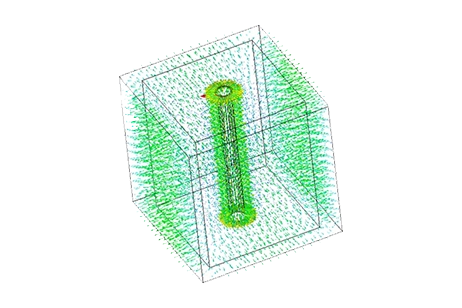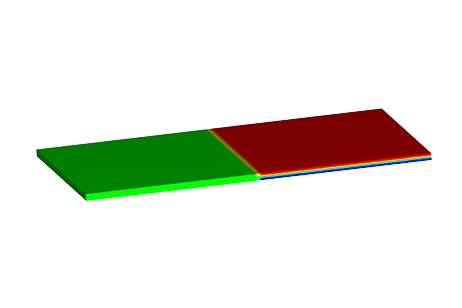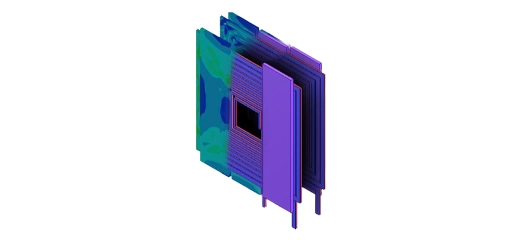Master PMSM Design – Join Our Course on December 16, 2025 -
Register Now!
Revolutionizing Electronics with Advanced EDA Solutions
Unleash Innovation in Electronics with EMWorks EDA Tools
EMWorks: Powering the future of Electronic Design Automation (EDA) with advanced simulation software for efficient, reliable electronics development.
-

-
.webp)
Printed Circuit Boards (PCBs)
EMWorks specializes in electromagnetic simulation software for PCB design. Harness the power of electromagnetic analysis to optimize your PCBs. -

Capacitors
How to calculate capacitance? EMS calculate capacitance of capacitors of any shape or type.



